Name Vestris Fate Sunk 12 November 1928 Length 151 m | Operator Lamport and Holt Line Launched 16 May 1912 | |
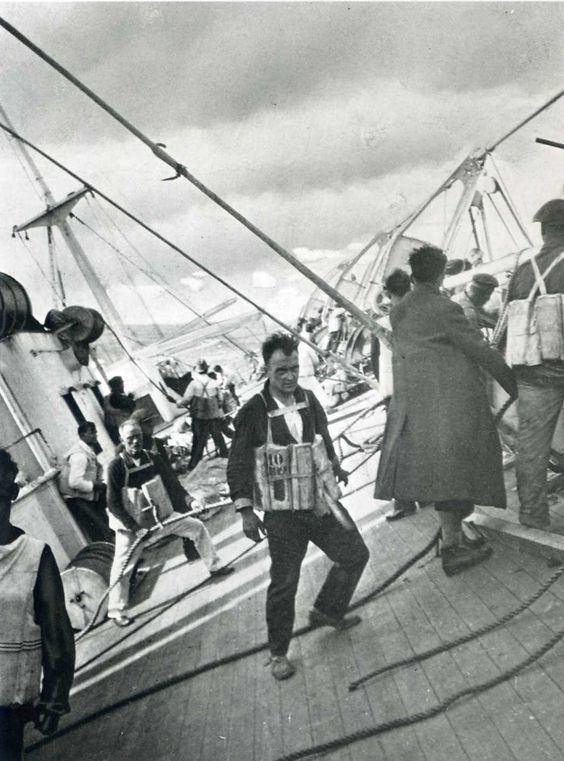 | ||
Maiden voyage 19 September 1912 from Liverpool to the River Plate. 26 October 1912 First sailing to New York Notes Final voyage from Hoboken, New Jersey sailing from New York to Barbados and South American ports 10 November 1928 – 12 November 1928 | ||
SS Vestris was a 1912 passenger steamship owned by Lamport and Holt Line and used in their New York to River Plate service. On 12 November 1928 she began listing about 200 miles off Hampton Roads, Virginia, was abandoned, and sank, killing more than 100 people. Her wreck is thought to rest some 1.2 miles (2 km) beneath the North Atlantic.
Contents
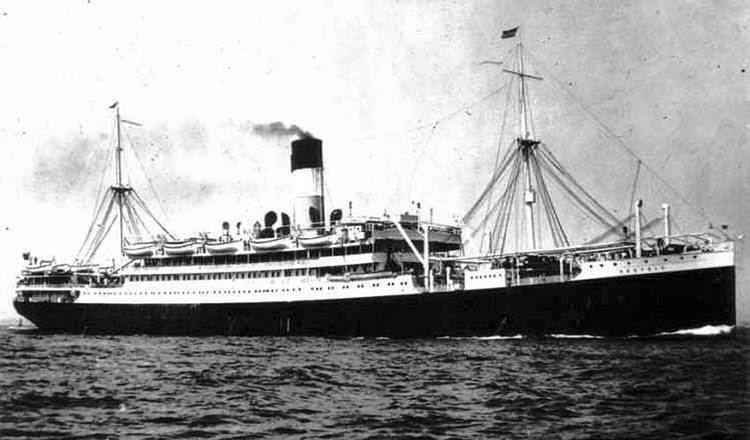
The sinking, which attracted much press coverage at the time, remains notable for the loss of life, particularly of women and children, after the vessel was abandoned. The sinking and subsequent inquiries may also have shaped the second International Convention for the Safety of Life at Sea (SOLAS) in 1929.
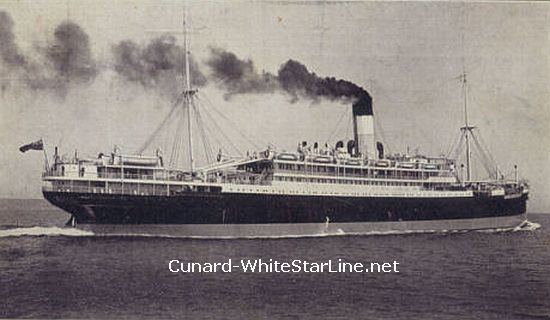
History
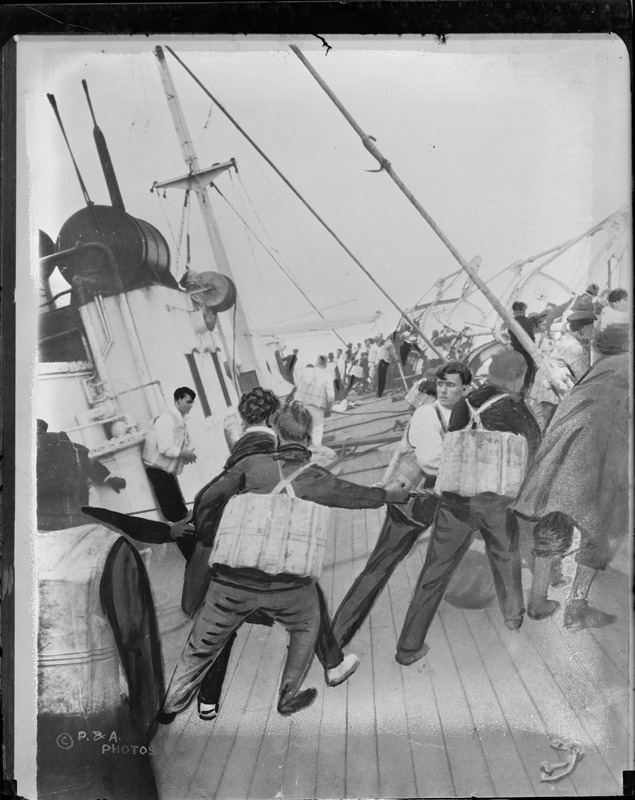
Workman, Clark & Company of Belfast, Ireland built Vestris in 1912. She was the third of an order of three V-class sister ships from the same yard, the others being SS Vandyck and SS Vauban. They were built for the New York to River Plate service. Vestris was launched 16 May 1912 and made her maiden voyage on 19 September 1912 from Liverpool to River Plate.
Vestris was chartered as a military transport in World War I to cross the Atlantic Ocean from the United States to France. While on this service she was narrowly missed by a torpedo in the English Channel. In 1919 Cunard Line chartered Vestris and she operated six circular services; Buenos Aires – Liverpool – New York – Buenos Aires. According to A. A. Hoehling Vestris was among the last ships in contact with USS Cyclops in 1918.
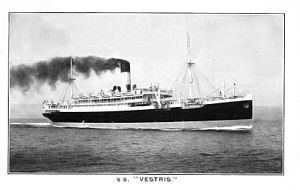
In September 1919, Vestris, carrying 550 people, suffered damage from a fire in her coal bunkers. The crew fought the fire for four days before either HMS Dartmouth or HMS Yarmouth escorted the ship to Saint Lucia in the West Indies. Several days later the fire was extinguished.
In 1922 the Royal Mail Steam Packet Company briefly chartered Vestris. Vestris sank 12 November 1928.
Sinking
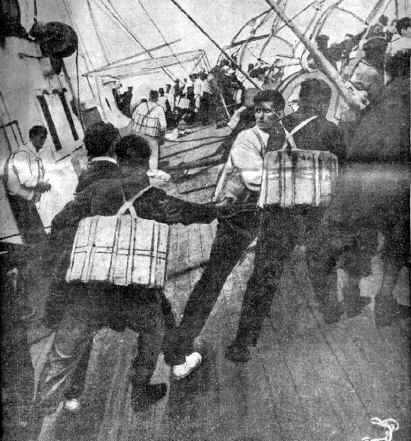
Vestris left New York bound for the River Plate on 10 November 1928 with 325 passengers and crew. A day after leaving New York, the ship ran into a severe storm and developed a starboard list. The following day, the list worsened as cargo and coal bunkers shifted and the ship took on water through numerous leaks.
On 12 November, at 9:56 am, an SOS was sent out giving her position as latitude 37° 35' N. and longitude 71° 81' [sic] W., which was incorrect by about 37 miles. The SOS was repeated at 11:04 am.
Between 11 am and noon, while the ship was off Norfolk, Virginia, the order was given to man lifeboats and the ship was abandoned. Two hours later, at about 2pm, Vestris sank at Lat. 37° 38' N, Long. 70° 23' W. The rescue vessels arriving on the scene, late in the evening of 12 November and early in the morning of 13 November, were the steamships American Shipper, Myriam, Berlin and USS Wyoming.
Death toll
While estimates of the dead vary from 110 to 127, Time and The New York Times reported that from the complement of 128 passengers and 198 crew on board, 111 people were killed:
None of the 13 children and only eight of the 33 women aboard the ship survived. The captain of Vestris, William J. Carey, went down with his ship. 22 bodies were recovered by rescue ships.
Aftermath
Press reports after the sinking were critical of the crew and management of Vestris. In the wake of the disaster, Lamport and Holt experienced a dramatic drop in bookings for the company's other liners and their service to South America ceased at the end of 1929.
Many inquires and investigations were held into the sinking of Vestris. Criticism was made of:
Lawsuits were brought after the sinking on behalf of 600 claimants totaling $5,000,000.
Vestris' sinking was covered by Associated Press reporter Lorena Hickok. Her story on the event became the first to appear in The New York Times under a woman's byline.
